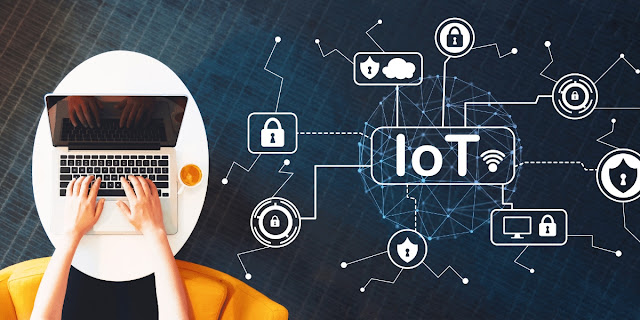In todays changing world of technology the Internet of Things (IoT) is making an impact changing how we engage with our surroundings. At the core of this change are sensors. Gadgets, with sensors and connectivity that gather and send data online. When combined with Artificial Intelligence (AI) IoT sensors can enhance automation systems in industries.
Benefits of IoT Sensors
Businesses and organizations stand to gain benefits from using IoT sensors. Firstly they improve data collection by offering real time insights into processes and systems. This data can be analyzed for patterns and anomalies helping businesses make decisions and optimize their operations.
Additionally IoT sensors boost efficiency by automating tasks and streamlining workflows. By cutting down work and human involvement organizations can increase productivity and efficiency leading to cost savings and higher profits.
Challenges in Existing Automation
Despite the progress made by existing automation systems in enhancing efficiency across industries they face challenges. One major drawback is the lack of intelligence, in automation systems.
These systems frequently depend on set rules and algorithms which can make them inflexible and incapable of adjusting to evolving circumstances or unexpected situations.
Security issues present an obstacle, to the use of automated technologies. As devices and systems become more interconnected the threat of cyber attacks and data breaches is a pressing issue, for companies and institutions.
Enhancements through AI
The combination of AI and IoT sensors plays a role, in overcoming the limitations of automation systems. A promising use of AI in this scenario is maintenance. Through analyzing data gathered from sensors AI algorithms can forecast equipment failures in advance enabling maintenance to prevent downtime.
Furthermore AI facilitates real time monitoring and analysis of data flow empowering businesses to identify anomalies and address issues promptly. This immediate insight supports automation, where systems can adjust their operations dynamically based on evolving conditions or user preferences.
Case Studies
The potential synergy between sensors and AI for enhancing automation is evident, across industries. In manufacturing smart factories outfitted with sensors and AI driven analytics can streamline production processes minimize downtime and enhance product quality.
Likewise in healthcare IoT sensors offer monitoring of well being facilitating early detection of medical concerns and elevating the standard of care provided. Within transportation and logistics sectors AI powered predictive analytics optimize supply chain functions reduce fuel usage and cut transportation expenses.
Future Prospects
Looking forward the future of automation powered by sensors and AI appears bright. As these technologies progress we can anticipate their integration, with advancing technologies like 5G connectivity, edge computing and blockchain.
Nevertheless it's crucial to ponder the implications of automation. With the increasing prevalence of automation technologies there is a concern about job displacement and growing social disparities. Policymakers and industry leaders must proactively tackle these issues to ensure that the advantages of automation are fairly distributed across society.
Conclusion
In conclusion IoT sensors and AI hold the potential to transform automation in sectors such as manufacturing, healthcare, transportation and logistics. By harnessing data and intelligence businesses and institutions can enhance efficiency, productivity and cost effectiveness. However addressing the challenges and ethical dilemmas associated with automation is paramount, for fostering a sustainable future.














0 Comments